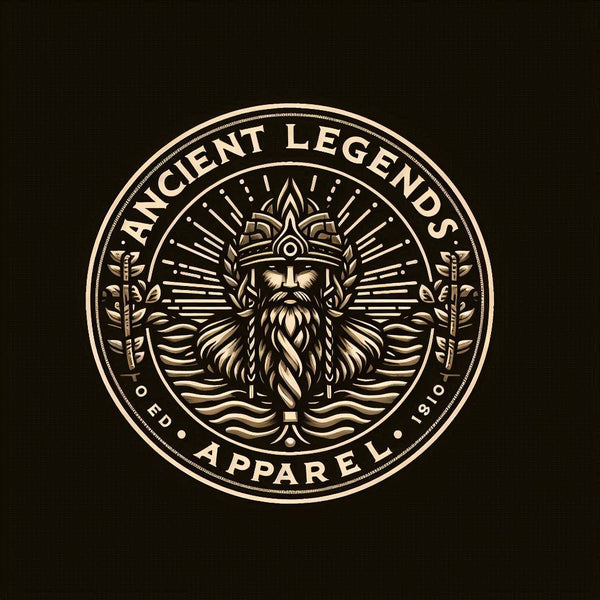Rituals and Rites of the Legendary Weapons
Karl FShare
INTRODUCTION
In ancient times, ritualistic practices often surrounded the creation and use of legendary weapons. These legendary weapons bore the weight of civilizations, often symbolizing power, protection, divinity, and the supernatural. Whether these weapons were for gods, goliaths, or noble warriors, each carried an inherent reverence, bathing in rituals and rites that imbued them with mystic power. So, let's take an adventurous journey to uncover the enchanting rituals and rites of these legendary weapons, guiding through a tangible, historical path laced with dollops of storytelling, mystery, and cultural analysis pivoting around iconic weaponry legendary tales.
ORIGIN AND CULTURAL CONTEXT
Peeking into the historical annals discloses a myriad of cultures where legendary weapons and their associated rites were of significant importance. The shifting sands of the Egyptian civilization, for instance, whisper tales of the mystic "Khopesh." This unique, crescent-shaped slash-and-thrust weapon was often seen in the hands of pharaohs and gods in hieroglyphs, symbolizing royal power and divine intervention. Simultaneously, ancient Greek's discus takes significant prominence in legendary tales. The discus, ascribed as a weapon in the hands of the Greek Hero Heracles, also had divine connotations and played central roles in athletic events and war. It is thereby anchored in rituals signifying strength and valor.
THE LEGEND OR STORY
Engrossing legends and stories revolve around these symbolic weapons. One fascinating tale is of the Viking’s Ulfberht swords, revered as the weapon of elite warriors. The enchanting story of the Ulfberht swords unfurls with the technique of their crafting, the Viking's celebrated ritual termed 'Ritual of the Forge.' This ritual involved not only the physical crafting of the weapon but also spiritual and magical elements. Weaponsmiths chanted incantations, made offerings to the gods, and sometimes ritually sacrificed animals during the forging process in the belief that this would imbue the weapon with divine powers.
Another story that immediate springs to mind is the tale of Excalibur, the Arthurian legendary sword thought to possess magical powers bestowed upon it through a series of ceremonial rites performed by the enchantress, Lady of the Lake.
INTERPRETATIONS AND SYMBOLISM
Often, the rituals and rites attached to these legendary weapons are draped in symbolism. In cultures that venerated their weapons, the forging process itself was seen as a symbolic act. For instance, the process of crafting the Ulfberht swords could symbolize the warrior's own transformation from civilian to combatant. Moreover, the sacrifice involved in the 'Ritual of the Forge' was interpreted as an exchange, providing life-force to the sword in return for the lives of the sacrificed.
Similarly, Excalibur's rites are steeped in allegory. The Enchantment of the Lake in Arthurian lore is often seen as a symbol of the liminal, bridging the mundane with the spiritual. Its emergence from the lake symbolizes ascension to power, while its return to the lake in Arthur's death marks the end of an era.
COMPARISONS IN OTHER CULTURES
Comparing these rituals in different cultures, fascinating parallels and contrasts spring forward. For instance, rituals similar to Excalibur's enchantment can be found in Japanese legend. The Kusanagi, a mythical sword in Japanese folklore, was retrieved from the body of an eight-headed serpent by the god Susanoo. Here too, a bestowal of divine powers can be seen. However, there is a contrast in the nature of divinity, being more associated with raw elemental forces in the Japanese legend and with noble virtues in the Arthurian myth.
MODERN REFERENCES AND POP CULTURE
These elaborate rituals and legendary weapons have also echoed through modern references and have straddled the cinematic and literary landscapes of pop culture. Excalibur holds a commanding presence in Arthurian literature and films like 'The Sword In The Stone' and 'King Arthur: Legend of the Sword.' Similarly, the Kusanagi finds representation in Japanese anime series such as 'Naruto.' There is also a resurgence of interest in the Ulfberht swords, spurred on by documentaries and historical dramas centring Viking culture.
LEGACY AND LASTING MYSTERIES
Despite the eons that separate us from these weapons' prime, the vestiges of their legacy litter our human narrative. However, lasting mysteries shroud these rites and rituals endowing the legendary weapons. We may never decipher the exact words of the incantations whispered by the Viking blacksmiths, nor uncover the full nature of Excalibur's enchantment. However, the intrigue, the allure, the reverence associated with these legendary weapons, the rituals, and the rites that consecrated them persist as an indestructible part of our cultural heritage, linking us intrinsically to our past and possibly, guiding us towards our future.
